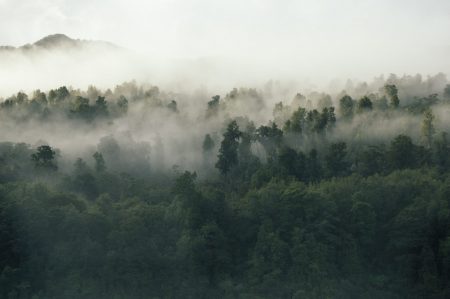Greater stability of carbon capture in species-rich natural forests compared to species-poor plantations

Osuri et al. 2019
This study looked at the difference in C storage and rate of C sequestration between longer-lived plantations and natural forests, using 2000-2018 data on Enhanced Vegetation Index (EVI) from a natural experiment in the Western Ghats of India. C stocks in monodominant teak and Eucalyptus plantations were 30-50% lower than in evergreen forests, but differed little from that of moist-deciduous forests. The rate of C capture in plantations compared to the natural forest plots was 4-9% higher in the wet season, but 29% lower in the dry season. Importantly, C capture rates were less stable between years in the plantations, due to being more severely affected by drought than the natural forests. The study therefore provides empirical evidence that monodominant plantations provide poorer C sequestration than natural forests in the face of increasing droughts due to climate change. The authors suggest that natural forest regeneration or multi-species native tree plantations provide a better strategy for climate change mitigation.
Read the paper here.




